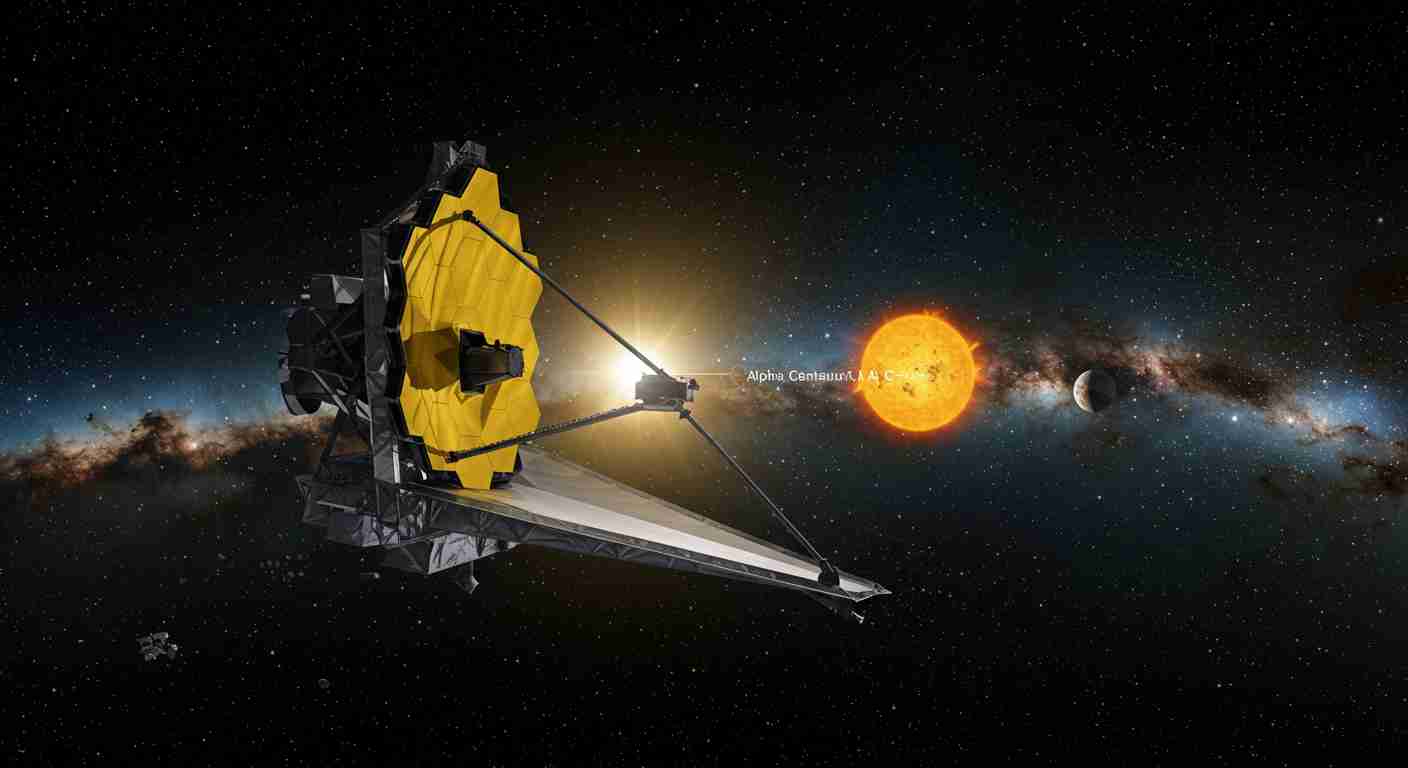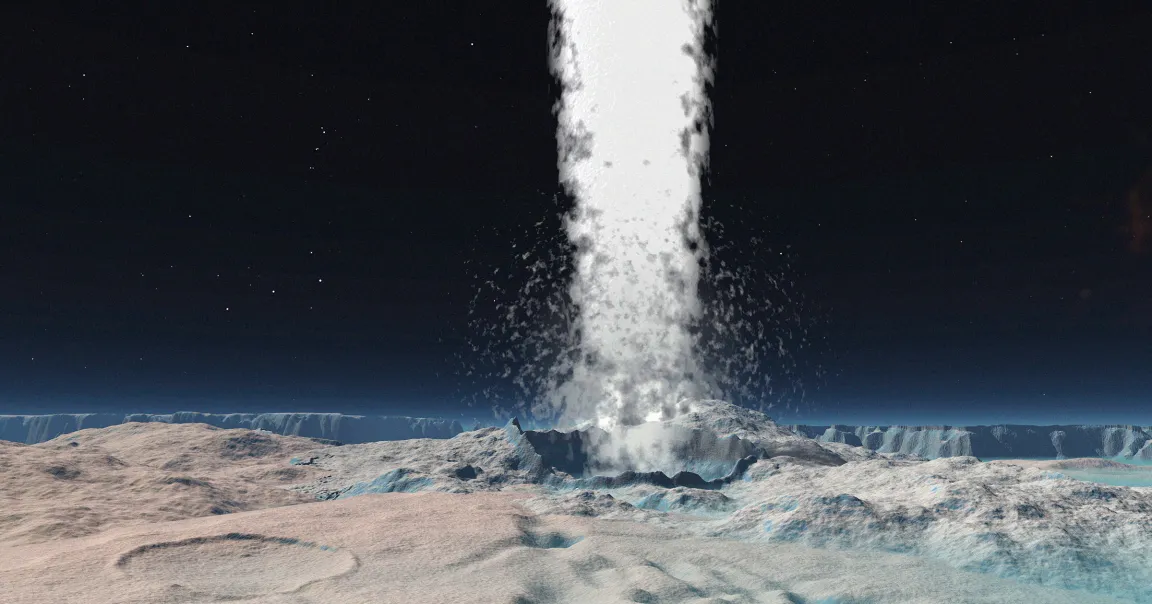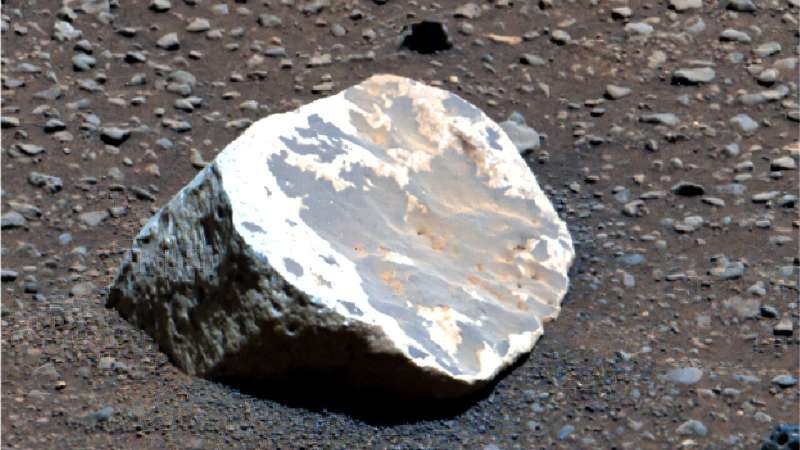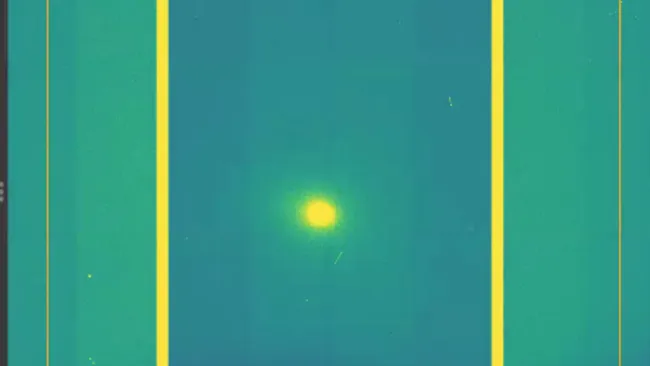Astronomers using the James Webb Space Telescope have uncovered evidence of a potential planet orbiting Alpha Centauri A, the closest star system to Earth. This discovery, if confirmed, would mark a major milestone in the search for potentially habitable worlds beyond our solar system.
The observations revealed subtle dips in starlight, suggesting that a planet—possibly similar in size to Earth—may be passing in front of the star. While the data is promising, researchers caution that more studies are needed to confirm the planet’s existence and rule out other explanations.
Why Alpha Centauri Matters
Alpha Centauri is located just over four light-years away, making it our nearest stellar neighbor. The system consists of three stars: Alpha Centauri A, Alpha Centauri B, and the red dwarf Proxima Centauri, which is already known to host at least one exoplanet.
If this new planet is real, its proximity could make it a prime candidate for future exploration missions, potentially even by next-generation spacecraft within this century.
What’s Next for Research
Scientists plan to continue monitoring the star using the Webb Telescope and other observatories to gather more data. If confirmed, this planet could provide unprecedented opportunities to study an Earth-like world in detail, perhaps even searching for signs of an atmosphere—or life.
















Leave a Reply